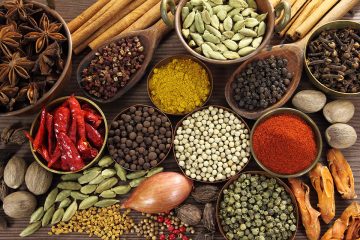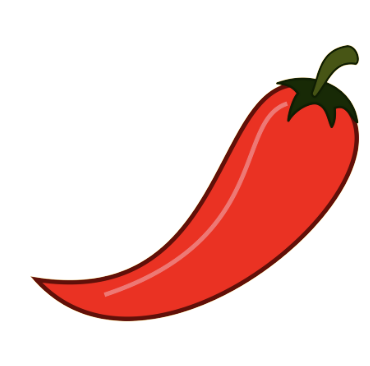
Red chilli prices expected to continue to rise – India
The Southwest monsoon is expected to provide normal rainfall to most of North, Central, and South Peninsular India in July and August as it moves forward. 60% of the monsoon rains usually fall during these two months, and the plentiful rainfall is anticipated to help with irrigation needs and support efficient seeding procedures in the crop-growing regions of our Chili suppliers. This leads us to predict that there shall be plentiful supply and good prices for Red Chilli over the next few months. However, it is still too early to have firm prediction.
Red Pepper sowing in Telangana (Indian state) has been pushed back by a month, due to heavy floods at Bhadrachalam during the third week of July. The unprecedented rainfall badly affected the residential, commerce, industrial, transportation, and utility sectors alike. As a result, farmers are likely to sell their harvest at a lower price to recoup the money needed to pay for damages as a result of the flooding.
A depreciating Indian rupee is expected to compound the inflationary conditions in the import-intensive farm sector and put pressure on the cost of production in India.
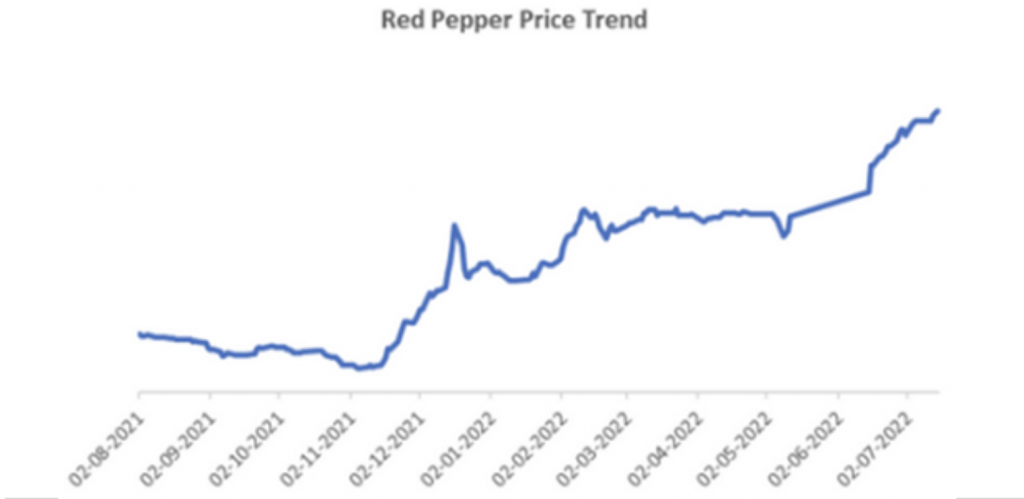

Ginger prices rising steadily – India
The price of ginger has started to steadily rise in the market due to indications that the harvest size was smaller this year.
In order to be ready for the following year, farmers have started their sowing operations. According to the most recent sowing estimates, there will be a 30% deficit compared to last year, primarily because of low realizations in this year. It is therefore wise to budget for additional coverages at current-year minimum pricing levels.
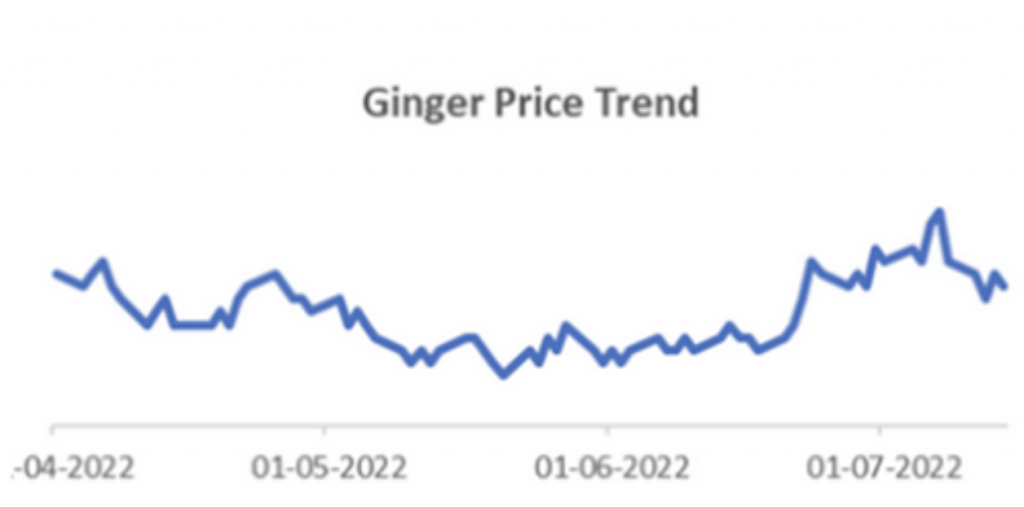

Turmeric market moving sideways – India
Prices for turmeric are unchanged. Farmers are holding onto stockpiles and delaying market appearances as the year goes on in an effort to get better pricing during the holiday season. For the upcoming season, farmers have started their seeding operations. The monsoon is making good progress across India’s growing regions in South and Central, which is helping the sowing operations.
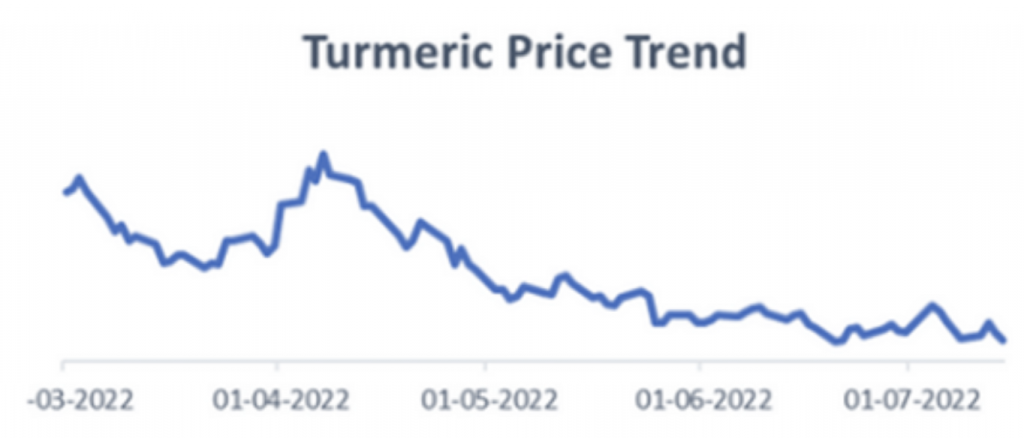

Celery prices are on the rise – India
60 to 65 percent of the reported material traded at the market. Farmers are reserving the remaining crop in anticipation of rising prices as the growing season goes on. Farmer preparations for paddy sowing are underway.
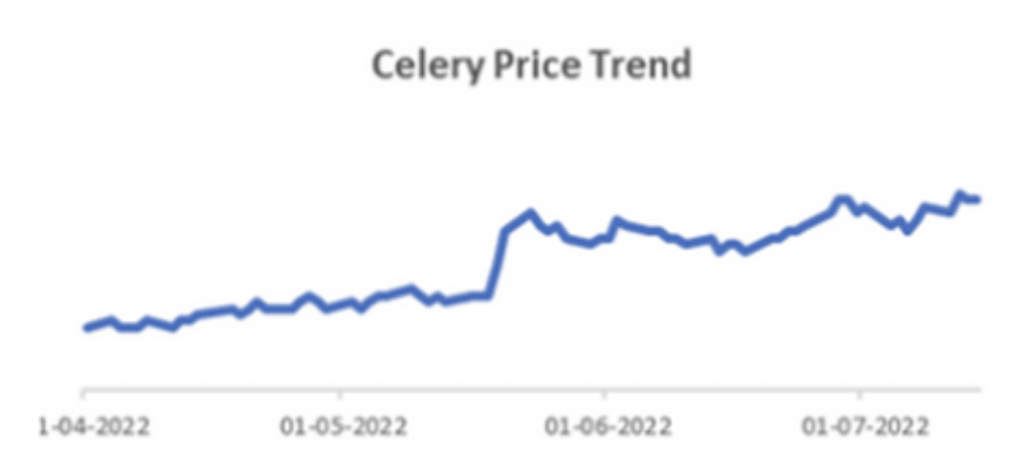
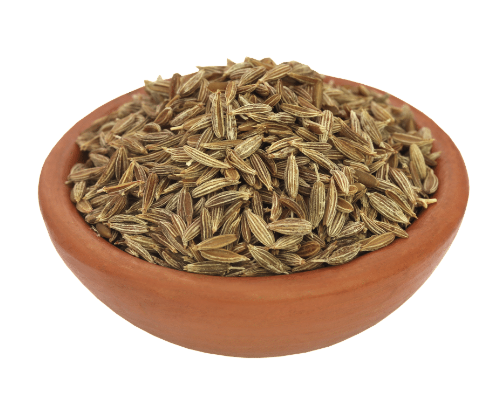
Cumin seeds experiencing strong demand – India
The market has risen as a result of strong Chinese demand in July, and this trend is anticipated to continue. Prices on the online exchange are trading at all-time highs. Demand from China for both conventional and IPM grade material has increased the underlying price and strained availability.
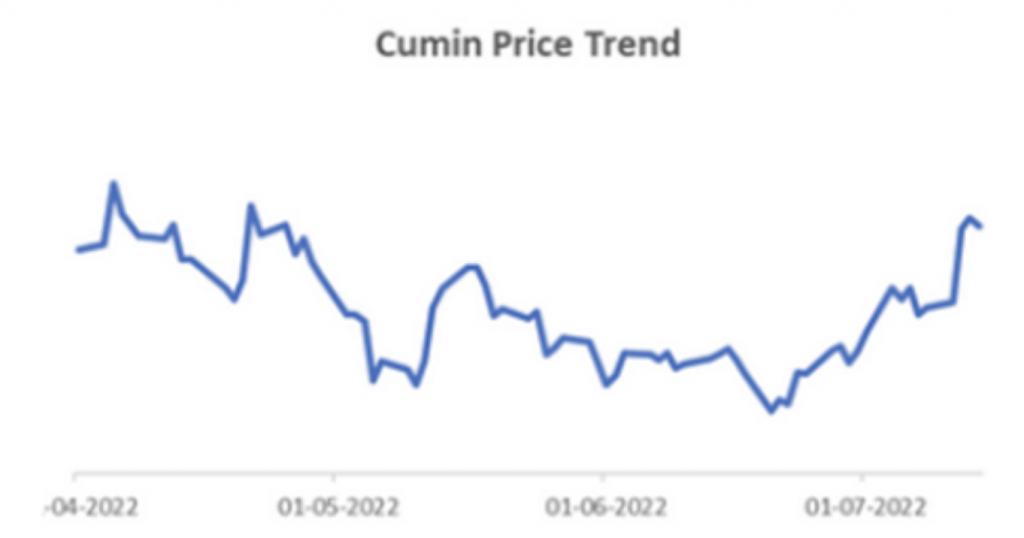
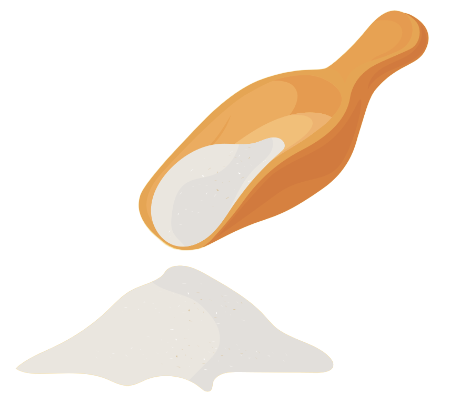
Guar Gum on the decline – India
Since the beginning of July, there has been a dramatic decline in the price of guar raw materials due to expectations of increased guar seed output as a result of early rainfall in key guar-growing regions including Rajasthan, Gujarat, Punjab, and Haryana, among others.
As of the end of the first round of monsoon rains, Rajasthan’s guar sowing area has increased by 117% to 2939000 hectares from 1518000 hectare last year.
Throughout the whole monsoon season, we anticipate significant price fluctuation; the price will only decline once the next round of rains intensifies.

Carrot shortage due to wet winter – Austrailia
Australia is facing a carrot shortage due to labour shortages and heavy rains during the winter in Western Australia and Queensland. Local supermarkets were left with empty shelves as suppliers could not fulfil orders. Western Australia will reach peak carrot season in September, which shall help increase the domestic supply.
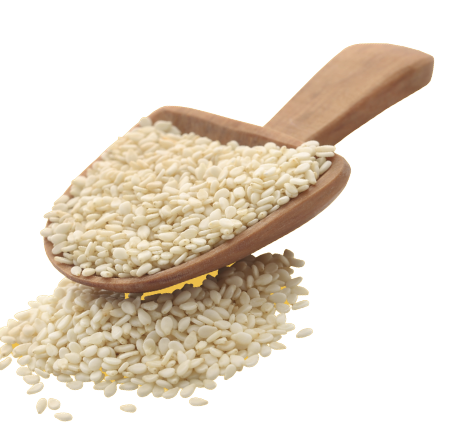
Sesame seed prices falling – China
The sesame price in China was slightly reduced last week for the following reasons:
1) Pandemic reduces the demand. Some areas of Shanghai are locked again due to the spread of Covid-19.
2) New crops from Tanzania, India, and Pakistan will arrive in ports soon.
3) Sales volume in Qingdao dropped for two weeks.
The Mid-Autumn festival (10th, Sep) is coming in China, which is also the peak demand for sesame oil and pasta. This is an advantage to support the price. The future market mainly depends on the demand side.
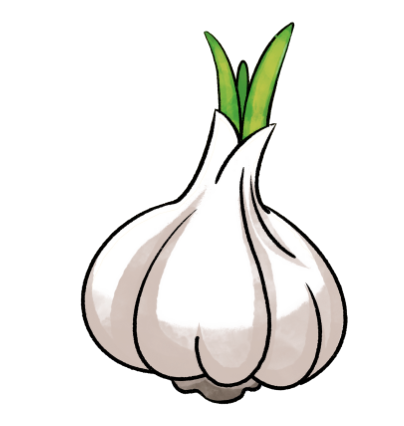
Hot and dry weather hindering garlic crops – Spain
Due to the dry weather, the Spanish garlic crop, which accounts for a significant part of the European turnover, decreased by approximately 20%. It will be a difficult season for growers. The Spanish ANPCA, which is the largest European garlic producer organization and brings together 1,800 producers and 67 companies, reported at the Las Pedroñeras International Garlic Fair that it farmed 15,397 hectares this year, and its production was more than 256,000 tons, but even with this amount, 20 percent the growers are forced to register a loss. This amount represents 65% of the total European turnover and 80% of the amount appearing on the Spanish market.

Global Sea freight situation
Shipping lines face margin pressure as freight falls steeply. The Baltic Dry index, which provides a benchmark for sea freight of moving major raw materials stood at 1,560 points on Friday, its lowest point since February as demand remained weak across all vessel categories amid the uncertainty around global economic growth. The index, which takes into account 23 different shipping routes, has declined by 23% in last one month and 53% in a year. despite the fall, the current sea freight rates are still higher than in 2018 to 2020. In 2021, rates had increased significantly due to various issues, including disruptions caused by Covid-19 pandemic, including congestion and changes in global supply chain and trade patterns.

